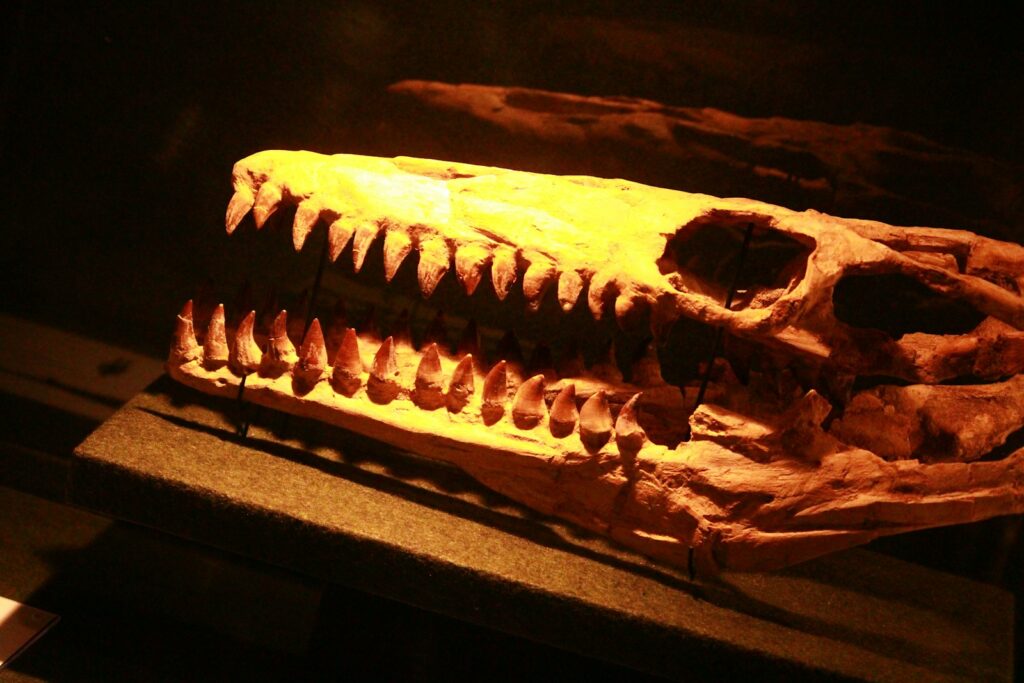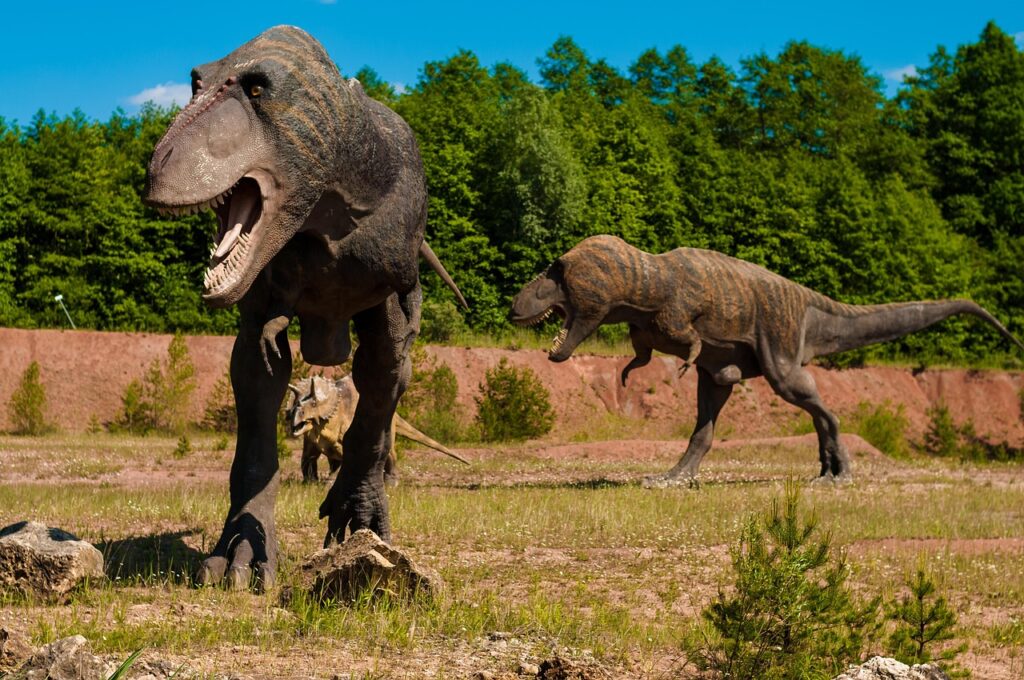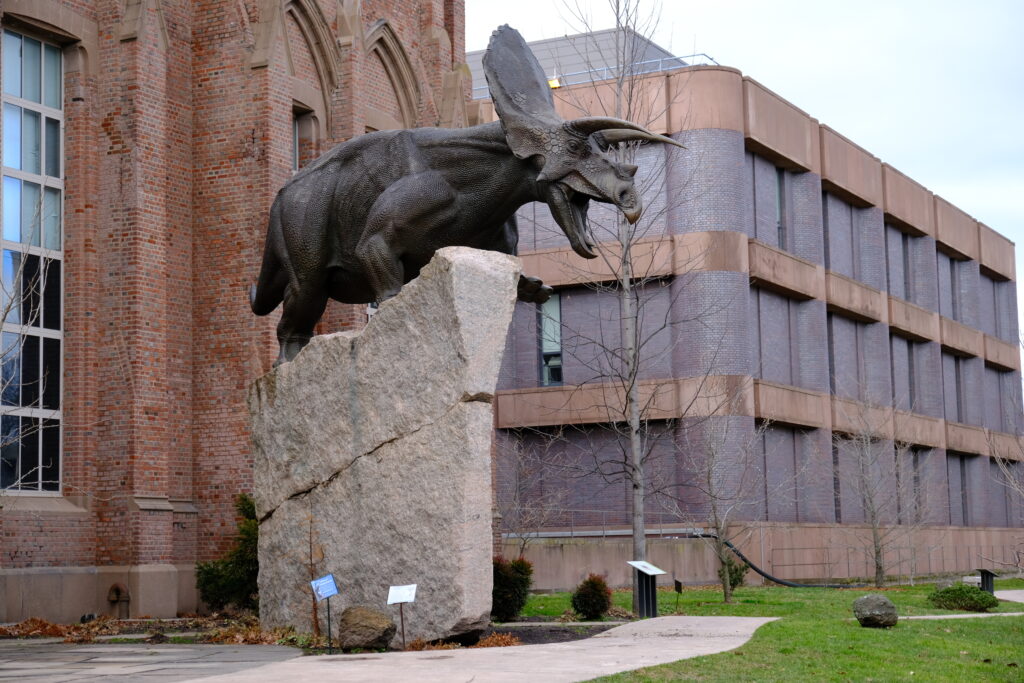Imagine towering giants that made the ground shake with every step, their necks stretching toward the sky like living skyscrapers. These weren’t mythical creatures from fairy tales, but real animals that walked our planet over 150 million years ago. Today, every fossilized bone tells a story that’s rewriting what we thought we knew about ancient life on Earth.
The Shocking Size Discovery That Changed Everything

When paleontologists first assembled a complete Brachiosaurus skeleton, they couldn’t believe their measurements. Standing at heights reaching up to 40 feet tall and stretching 85 feet in length, these creatures were larger than most buildings in ancient civilizations. The sheer scale challenged every assumption scientists had about how large land animals could actually survive.
What’s even more mind-blowing is that recent fossil evidence suggests some specimens were even bigger than originally thought. New scanning techniques revealed that many “complete” skeletons were actually juveniles, meaning adult Brachiosaurus could have been 20% larger than previously estimated. This discovery sent shockwaves through the paleontology community and forced textbooks to be rewritten.
Revolutionary Heart and Circulation Mysteries
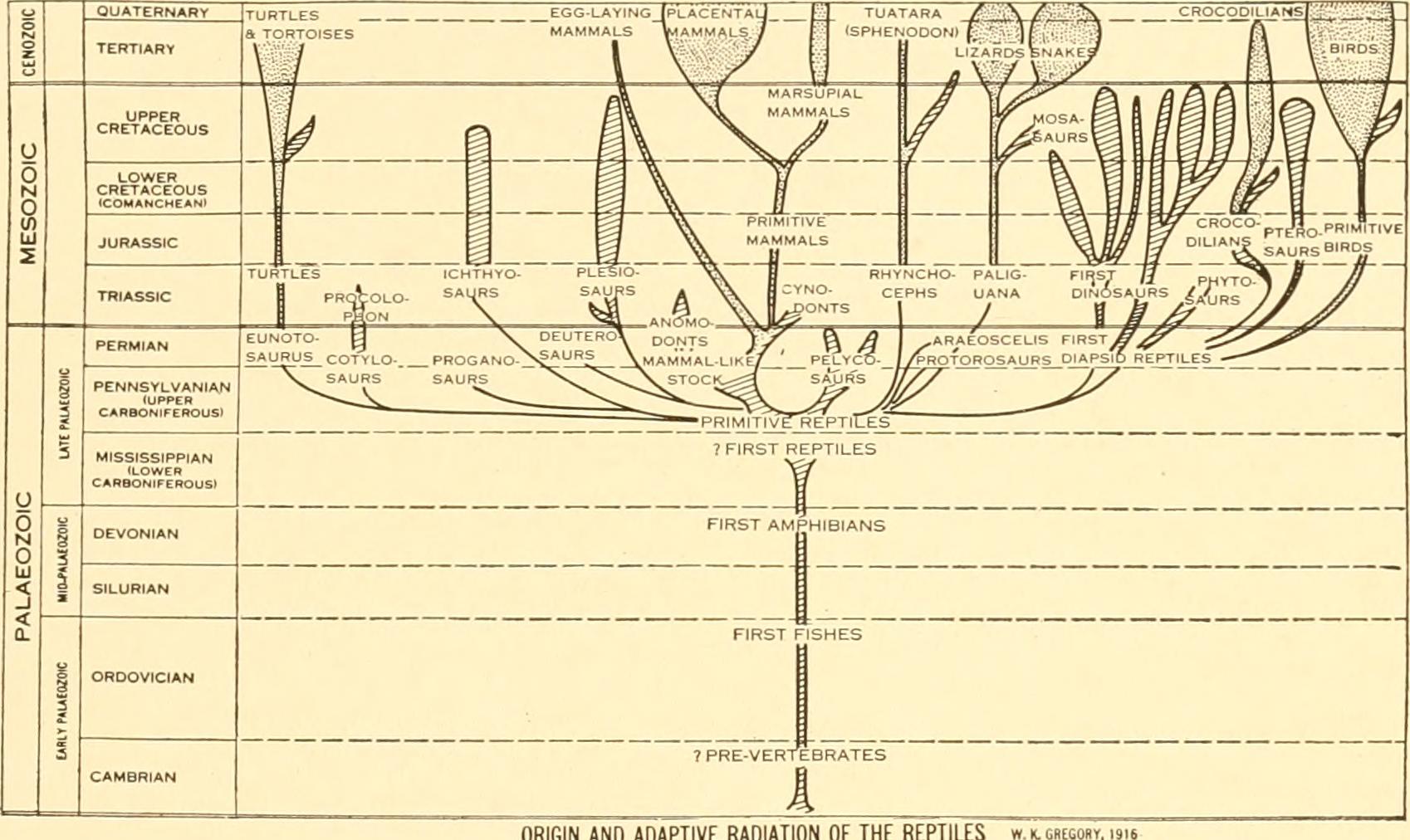
Picture trying to pump blood up a four-story building – that’s exactly what a Brachiosaurus heart had to accomplish every single day. Scientists studying fossil evidence and modern physiology have calculated that these giants needed hearts weighing over 880 pounds, roughly the size of a small car. The blood pressure required would have been astronomical, potentially reaching levels that would instantly kill any modern mammal.
Recent research has revealed that Brachiosaurus likely had multiple hearts or specialized blood vessels that acted as secondary pumps. Think of it like having booster stations along a water pipeline climbing a mountain. This revolutionary discovery has changed how we understand circulation in all large extinct animals and even influenced modern medical research into treating heart conditions.
The Surprising Truth About Their Neck Flexibility
For decades, artists depicted Brachiosaurus with their necks curved like question marks, gracefully reaching into treetops. But cutting-edge computer modeling of their vertebrae has shattered this romantic image completely. The reality is far more shocking – these giants could barely lift their heads above their shoulders for extended periods.
Detailed analysis of the neck joints reveals that Brachiosaurus held their heads in a relatively horizontal position, more like a massive giraffe than a towering crane. This discovery revolutionized our understanding of how these animals fed and moved through their environment. The implications extend far beyond Brachiosaurus, forcing scientists to reconsider the posture of virtually every long-necked dinosaur species.
Breathing Like No Animal Alive Today

The respiratory system of Brachiosaurus was nothing short of extraordinary, operating on principles that seem almost alien to modern biology. Fossil evidence shows they possessed a unique air sac system similar to modern birds, but scaled up to incredible proportions. These air sacs weren’t just for breathing – they were architectural marvels that made their enormous size possible.
Scientists have discovered that these air sacs extended throughout their bodies, even into their massive bones, creating a honeycomb-like structure. This system reduced their overall body weight by an estimated 20-30% while maintaining structural strength. It’s like having a building made of steel beams that are hollow inside – incredibly strong but surprisingly light.
The Bone Density Revelation
When researchers first analyzed Brachiosaurus bones under microscopes, they expected to find dense, solid structures capable of supporting massive weight. Instead, they discovered something that defied all expectations – bones that were remarkably hollow and lightweight. This seemed impossible given the enormous stress these bones had to endure.
The secret lay in the internal architecture of the bones themselves. Like modern bird bones, they contained intricate lattice-work structures that provided maximum strength with minimum weight. Advanced CT scanning has revealed that these bones were engineering marvels, with internal bracing systems that modern architects are now studying for building design inspiration.
Diet Secrets Hidden in Microscopic Clues
Tiny scratches and wear patterns on fossilized Brachiosaurus teeth have revealed shocking secrets about their daily meals. Scientists using electron microscopy discovered that these giants weren’t just eating leaves – they were consuming massive quantities of stones, bark, and even small branches. The evidence suggests they were essentially living wood chippers, processing entire trees rather than delicately selecting tender shoots.
Chemical analysis of fossilized stomach contents has revealed another surprise: Brachiosaurus regularly consumed shellfish and crustaceans when available. This omnivorous behavior completely contradicted the peaceful plant-eater image, suggesting these giants were opportunistic feeders who supplemented their diet with whatever provided necessary nutrients.
Temperature Regulation Mysteries Solved
The question of how Brachiosaurus managed their body temperature has puzzled scientists for generations. Recent discoveries have revealed an sophisticated internal cooling system that rivals modern air conditioning. Fossil evidence shows extensive blood vessel networks near the surface of their skin, particularly around the neck and back regions.
These vascular networks worked like radiators, allowing excess heat to dissipate during hot days and conserving warmth during cooler periods. Computer models suggest they could regulate their core temperature within a few degrees, despite their enormous mass. This level of thermal control was previously thought impossible for such large animals.
The Shocking Speed Discovery
Everyone assumed that Brachiosaurus moved like slow, lumbering giants, taking careful steps to avoid injury. But biomechanical analysis of their leg bones and joint structures has revealed a stunning truth – these animals could move much faster than anyone imagined. When threatened, they could likely reach speeds of up to 25 miles per hour in short bursts.
The key was in their unique gait pattern, which distributed their weight across multiple legs simultaneously. Think of it like a controlled falling forward motion, where momentum carried them much more efficiently than traditional walking. This discovery has implications for understanding the behavior and survival strategies of all large dinosaurs.
Social Behavior Evidence That Stunned Researchers
Fossil trackways and bone bed discoveries have revealed that Brachiosaurus lived in complex social groups, not as solitary wanderers as previously thought. Multiple parallel tracks show adults and juveniles traveling together, with larger individuals positioned protectively around smaller ones. This suggests sophisticated social structures and cooperative behaviors.
Even more surprising, analysis of fossilized injuries shows evidence of care-giving behaviors. Some specimens show healed fractures that would have been fatal without assistance from other members of their group. This level of social cooperation was previously thought to be limited to much smaller, more intelligent species.
Environmental Engineering on a Massive Scale
Brachiosaurus weren’t just inhabitants of their ecosystem – they were active environmental engineers who shaped entire landscapes. Their massive size and feeding habits created clearings in dense forests, allowing smaller plants and animals to thrive. Fossil evidence shows they essentially created the first “highways” through prehistoric forests.
Their daily activities affected water flow patterns, soil composition, and even local climate conditions. When herds moved through an area, they left behind fertilized clearings that supported entirely different plant communities. This ecosystem engineering effect was so significant that some plant species may have evolved specifically to take advantage of Brachiosaurus activities.
The Surprising Lifespan Revelation
Microscopic analysis of Brachiosaurus bones has revealed growth rings similar to those found in trees, allowing scientists to determine their age at death. The results were shocking – these giants lived much longer than anyone expected, with some specimens reaching ages of over 100 years. This longevity completely changed our understanding of dinosaur life cycles.
More intriguingly, the growth rings show that Brachiosaurus continued growing throughout their entire lives, never reaching a fixed adult size. This means the largest specimens found may represent individuals who simply lived longer, not necessarily a different species. The implications for understanding dinosaur biology and evolution are profound.
Predator-Prey Dynamics That Defy Logic
The relationship between Brachiosaurus and their predators was far more complex than simple hunter-versus-hunted scenarios. Fossil evidence suggests that large predators like Allosaurus primarily targeted sick, injured, or very young Brachiosaurus, as healthy adults were essentially invulnerable. This created a unique ecosystem dynamic where predators actually helped maintain herd health.
Recent discoveries have revealed that Brachiosaurus actively defended themselves and their young using coordinated group tactics. Trackway evidence shows adults forming protective circles around juveniles, while some fossil sites suggest they may have even engaged in coordinated counter-attacks against predators. This level of defensive strategy was previously unknown in dinosaur behavior.
Communication Secrets Locked in Fossils
The discovery of specialized air chambers in Brachiosaurus skulls has revealed that these giants possessed sophisticated communication abilities. Computer modeling suggests they could produce low-frequency sounds that traveled for miles, allowing herds to coordinate movements across vast distances. These infrasonic calls were below the range of human hearing but would have been clearly audible to other Brachiosaurus.
Even more fascinating, analysis of inner ear structures suggests they could detect seismic vibrations through their feet and legs. This means they had a dual communication system – acoustic calls for long-distance messaging and ground vibrations for close-range coordination. This discovery has revolutionized our understanding of dinosaur sensory capabilities.
The Extinction Puzzle Pieces
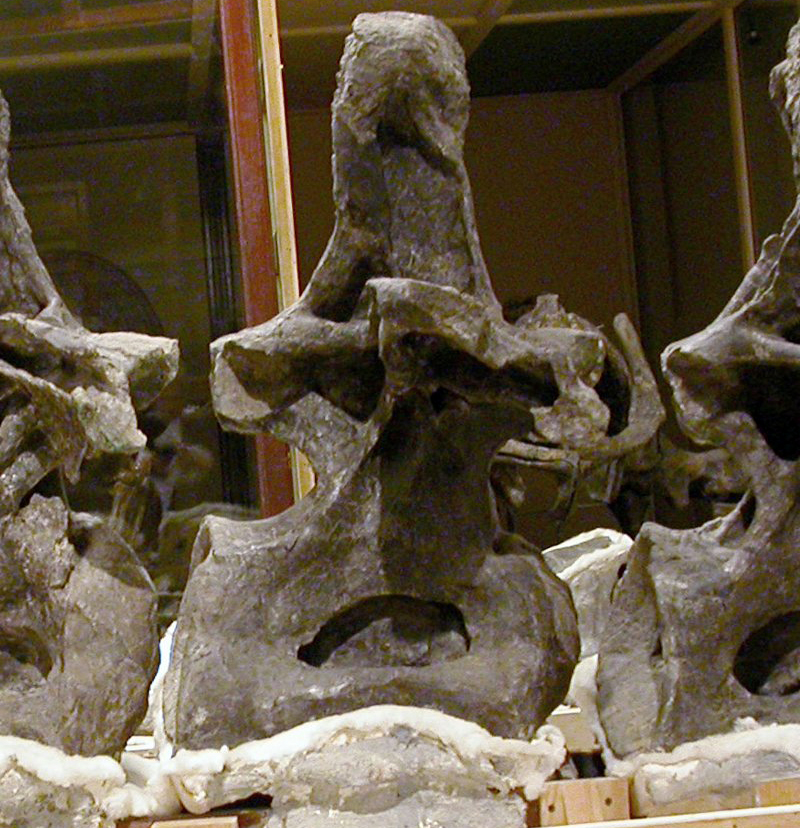
The final chapter of Brachiosaurus existence holds crucial clues about one of the most significant extinction events in Earth’s history. Fossil evidence from the latest Jurassic period shows that Brachiosaurus populations were already declining before the major extinction event, suggesting they faced challenges beyond the commonly cited asteroid impact.
Climate change, shifting plant communities, and increasing predator pressure all played roles in their eventual disappearance. However, their ecological impact was so significant that their absence triggered cascading effects throughout their ecosystems. Understanding these effects helps scientists predict how modern ecosystems might respond to the loss of large species today.
Modern Applications of Ancient Discoveries
The engineering principles discovered in Brachiosaurus fossils are now being applied to modern technology and medicine. Their bone structure has inspired new lightweight building materials, while their circulatory system adaptations are influencing heart surgery techniques. Even their movement patterns are being studied for robotics applications.
Perhaps most importantly, their ecosystem engineering effects provide crucial insights for modern conservation efforts. Understanding how large animals shape their environments helps scientists develop better strategies for protecting endangered species and maintaining healthy ecosystems. The lessons learned from these ancient giants continue to inform our approach to environmental challenges today.
The story of Brachiosaurus is far from over. Each new fossil discovery adds another piece to the puzzle, revealing more secrets about these remarkable creatures and the world they inhabited. Their legacy extends far beyond their impressive size, offering insights that continue to shape our understanding of life on Earth. These ancient giants have shown us that even the most familiar creatures can surprise us, reminding us that there’s still so much we don’t know about the natural world around us.
What other secrets might be waiting in the rocks beneath our feet?

